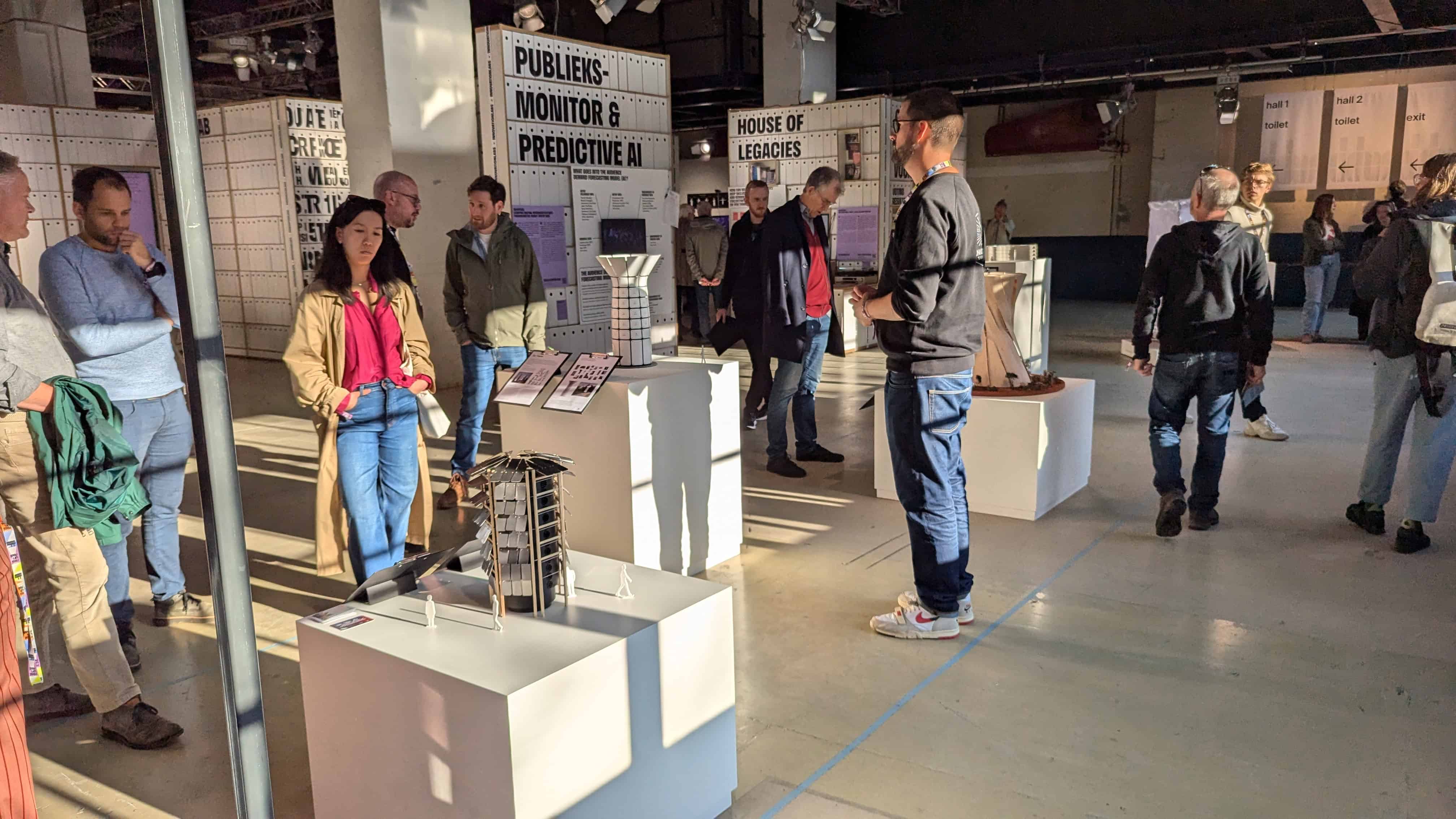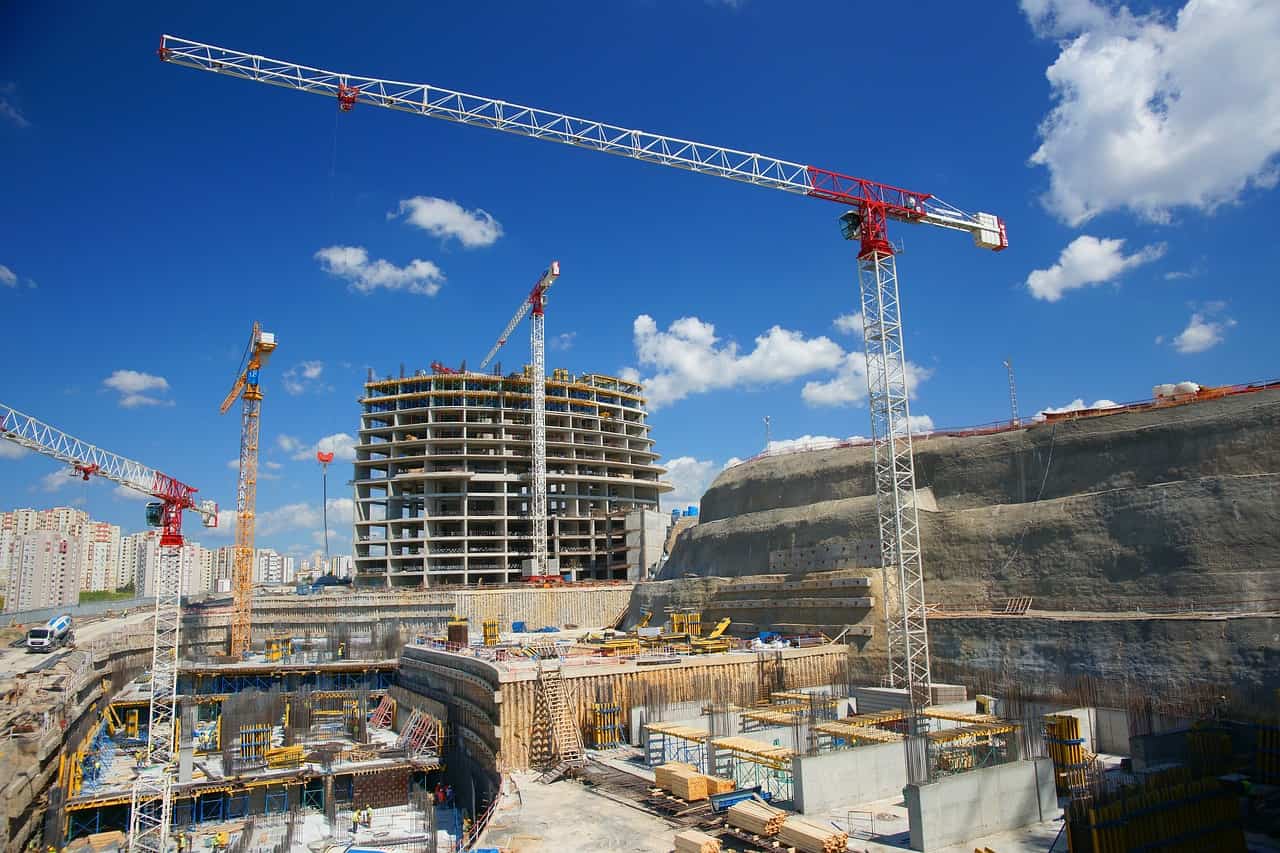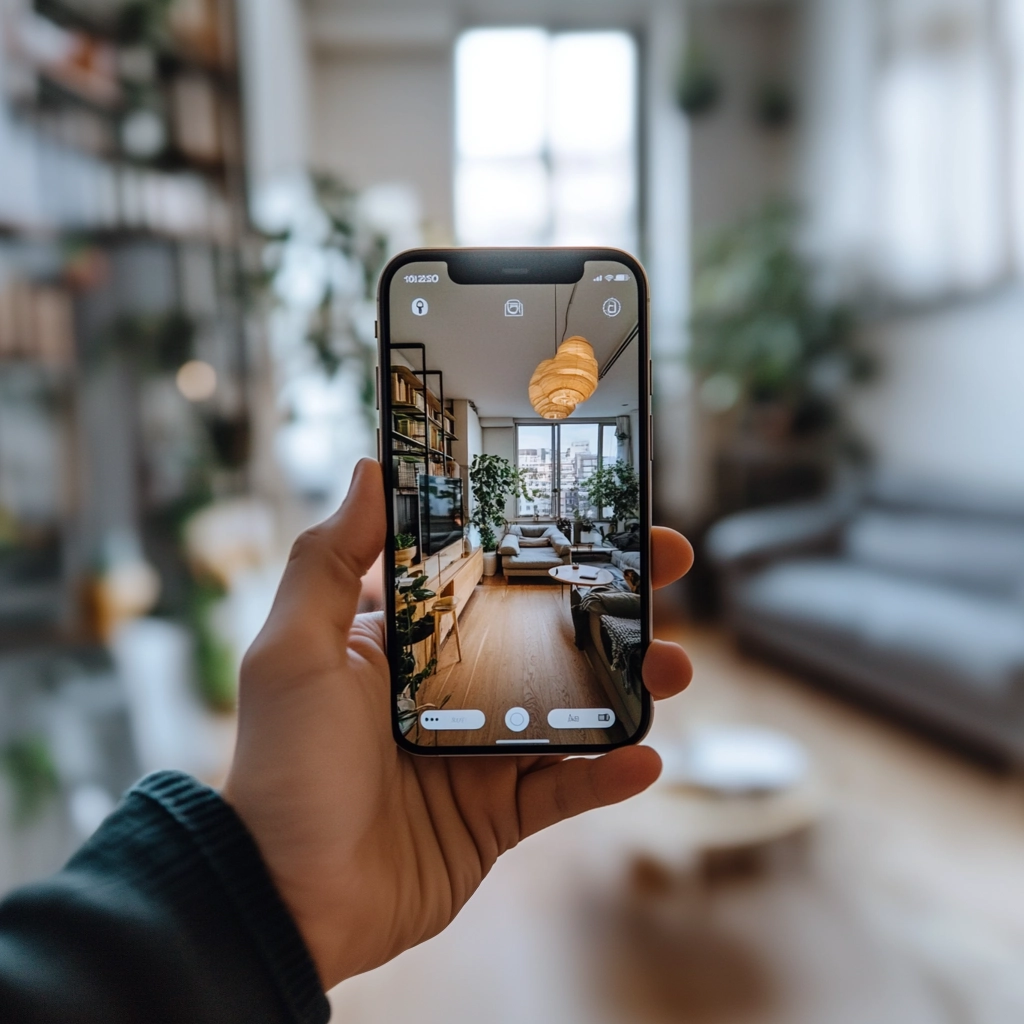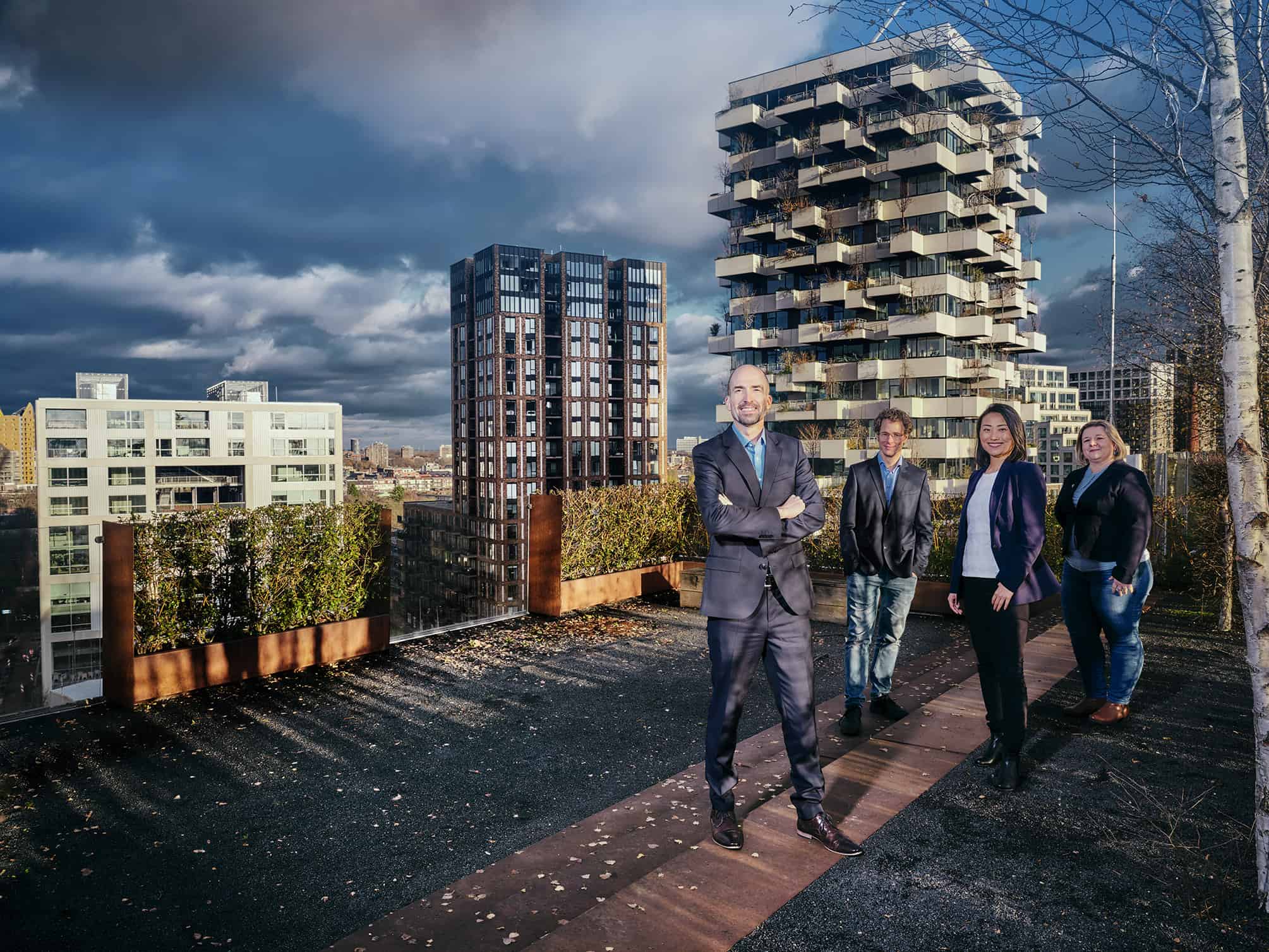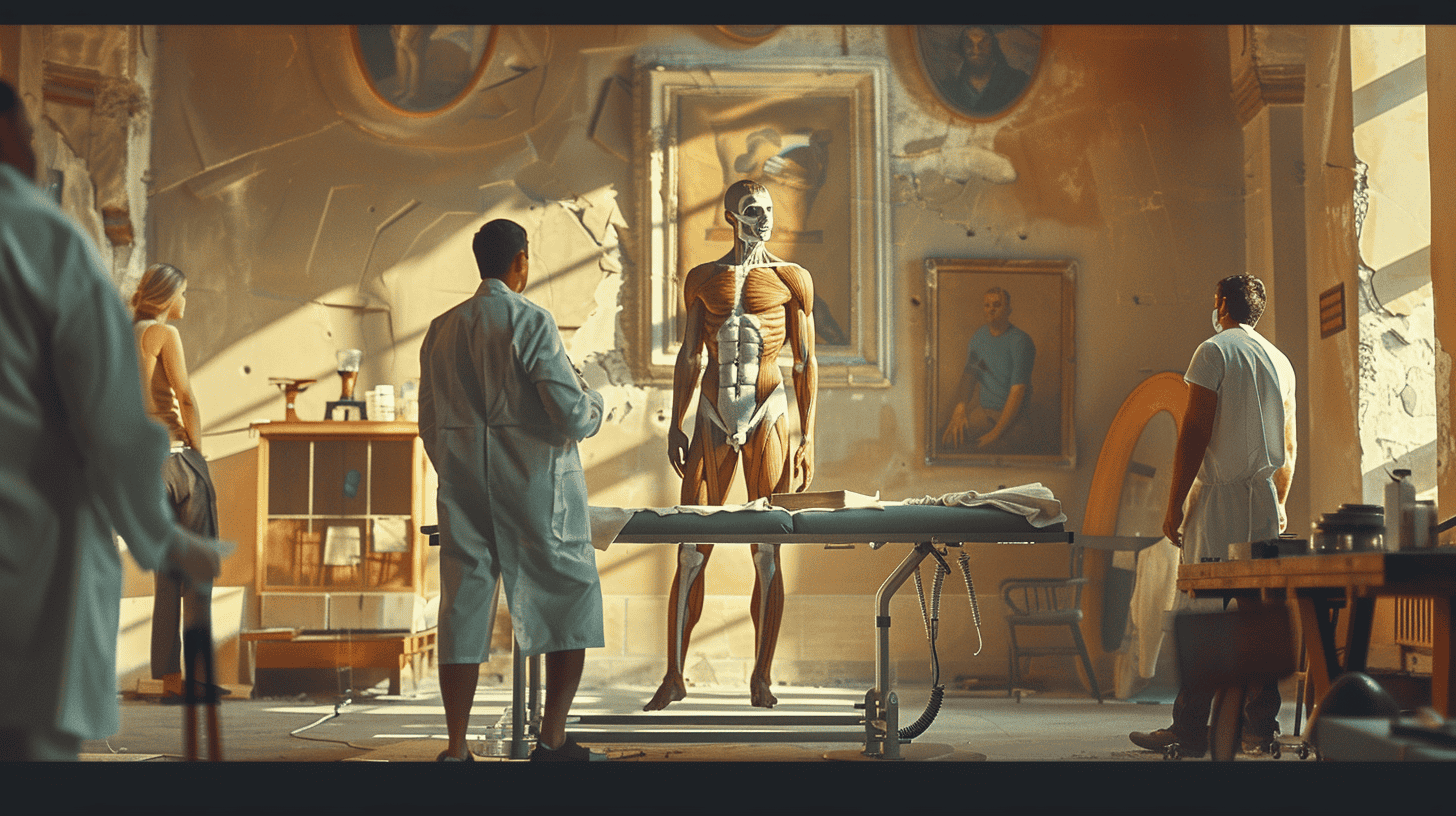
You can check in, rent a room, shower and even sleep there. But Hotel Insomnia is anything but an ordinary hotel. Normally, the artists’ collective De Fabriek works on new pieces or offers space to other designers in this building that dates from the sixties. The old bookbinding shop is transformed into a hotel during the Dutch Design Week. From a cargo bike that guests can rent as a tiny house – to a more luxurious accommodation ‘with vintage sanitary facilities’. Hotel Insomnia has something for everyone. Budget guests can spend a night on the concrete floor in a Sheltersuit for a tenner. There are various performances and exhibitions to attend during the day. But when the guests check in, the doors are locked for the general public. The rest of the evening and night, guests immerse themselves in the world of several artists.
One of these worlds involves the work of Florian de Visser, designer in the public realm. “As a Public Space designer I produce narrative scenes about places. I am fascinated by mass tourism.” Armed with cardboard, pens, glue and scissors, De Visser puts his scenes together. These stories allow people to look at things in a different way. In this case: tourism. “I want people to look at tourism as a tourist. It has taken on extreme forms in Venice and Barcelona. There, the question then arises: are they still cities?”
“I used to be annoyed by tourists, even though I am one myself. You want to get lost in a crowd, but you can’t do that at all. Culture is changing and tourism is also becoming part of culture”, he explains. It’s comparable to how Barcelona had markets where locals did their shopping which were discovered by mass tourism and have now turned into tourist markets. “Tourists always look for undiscovered places, places where other tourists don’t come. Ironically, everyone uses the same lists and ends up in the same places. In Tokyo I saw food bloggers in the same restaurants taking pictures of their food. This is an interesting phenomenon, it gives places a new identity. But what does this mean for the local culture and identity?”
Tourism is becoming part of culture
According to De Visser, this change in culture and identity is not necessarily a bad thing; it belongs to this day and age. “Culture is not a fixed concept, that changes all the time. Now you can get information from anywhere for your next trip and share it with others. As a result, ‘hidden gems’ no longer remain hidden. At the same time this causes a lot of irritation among the local population.”
This anti-tourism movement is clearly visible at the Bunkers del Carmel in Barcelona. “It’s located just outside the city. Lots of young people gather there to enjoy themselves and have a beer. But it is also a tourist hotspot because of the great view across the city. There are slogans on the walls of the old bunkers that say things like ”tourists go home”. It has an anarchic atmosphere, where people show that they are tired of tourism. I find it very interesting to explore this dynamic and then portray it.”

In ‘his’ hotel room at Hotel Insomnia, De Visser continues where he left off with his earlier work. Tourist sightseeing. De Visser was amazed by the many art dealers on St. Mark’s Square in Venice, who all sell more or less the same artwork. “Typical Venetians. Gondoliers in their gondolas, that sort of thing.” He was determined to trace the origin of their work and approached some of them. “One man seemed almost offended and pulled out a neatly plasticized diploma from an art academy. He was actually teaching there these days he said. He also showed the paint smudges on the back of the painting. This was meant to convince me that he was the creator of that piece.”
Is the Matryoshka doll really Russian?
But this had the opposite effect. His story sounded premeditated and so De Visser doubted it even more. He waited on the square until five p.m. when the ‘artists’ cleared up their business. “A lot of our souvenirs come from China, while we all pretend that they’re local. So, I decided to follow them. They went away one by one, almost as though it would be suspicious if they all left at the same time,” he says. The market vendors disappeared into the streets of Venice with De Visser following behind. “The funny thing was that they all went into the same building. When the door closed, in a blink of an eye I saw some more shelves. As if it were a wholesaler. I figured they all worked for the same company and just sold the paintings.”
It doesn’t matter to De Visser’s work if these so-called artists are merely salespeople or are in fact real artists. “I want to use the scenes I create to tell a story and make people think. When tourism boomed in Prague, there wasn’t a typical souvenir. That became the Matryoshka doll. But what does that have to do with Prague, that doll is Russian, isn’t it? But the Russian Matryoshka is based on the Japanese good luck charm – the Daruma doll. These are fascinating observations.”
Location: De Fabriek, Baarstraat 38, Eindhoven.
The Dutch Design Week is the largest design festival in Northern Europe. Each year, we pick out ten designers from a huge selection that we consider to be this year’s Hidden Gems. You can read all about their stories there.
This series was created in collaboration with Dutch Design Daily and curator Katja Lucas from DDW. Would you like to visit the DDW hidden gems yourself? Every day, Brandstore Eindhoven/VVV is organizing a bicycle tour along the selected designers. More info can be found here.





